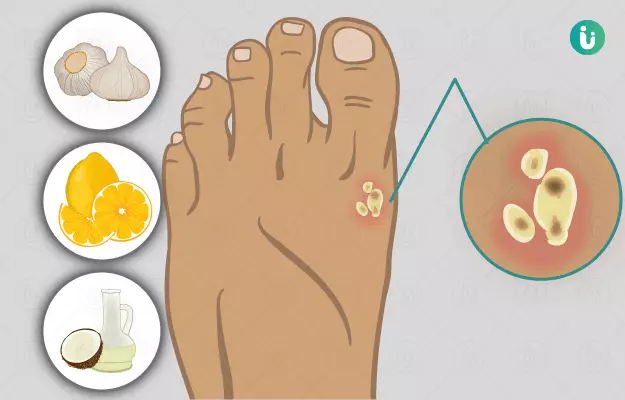Corns are small, hard skin growths that usually appear on the sides and bottom of feet. They may occur on any area subjected to regular friction and mechanical trauma such as fingers.
Although corns do not cause much trouble systematically as often, excessive and constant pressure can make them uncomfortable and painful enough to make you feel miserable every time you put your foot on the floor.
According to the American Academy of Dermatology, women are more prone to corns than men. Apart from this, athletes, bedridden patients especially amputated patients, patients with gait problems, diabetics and elderly patients are at a higher risk of developing corns.
If you belong to any of the mentioned risk categories, you might be glad to know that there are various tricks and remedies that can help you prevent and subside corns before it becomes a real pain.
(Read more: Skin disorders and diseases)







